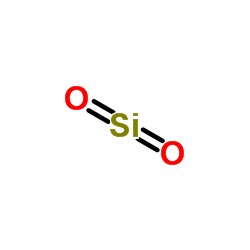| Structure | Name/CAS No. | Articles |
|---|---|---|
 |
Zinc sulfide
CAS:1314-98-3 |
|
 |
cadmium selenide
CAS:1306-24-7 |
|
 |
Silicon dioxide
CAS:7631-86-9 |